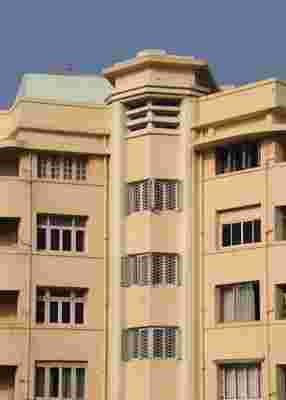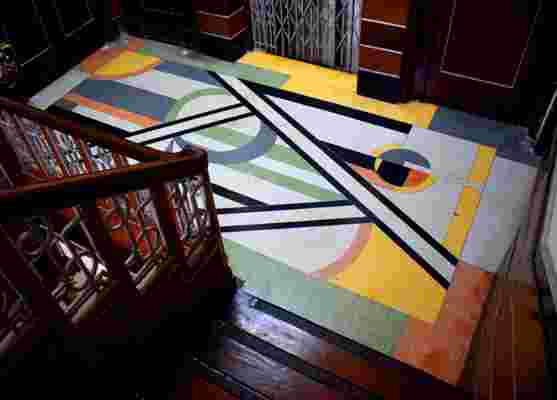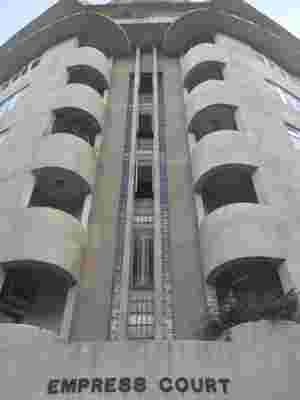Mumbai Has the World’s Second Largest Concentration of Art Deco Buildings
New York’s Chrysler Building, the Palais de Chaillot in Paris, and the Delano in Miami may come to mind as some of the world’s most beautiful Art Deco Buildings, but what about Mumbai’s Eros Cinema, Empress Court, and India Assurance Building? You might be surprised to learn that Mumbai contains the world’s second largest concentration of Art Deco buildings, after Miami, with more than 200 such structures. The oft-celebrated architectural style originated in Paris, spread throughout Europe and the U.S., and made its way to India, where colonization brought not only British rule but also new ways of dressing, behaving, and designing, changing the face of this metropolis that started as a small fishing village.

Traversing the elegantly curving Marine Drive, which seems to gently embrace the Arabian Sea, and heading up to posh Malabar Hill, you’ll see scores of streamlined Art Deco buildings constructed in the 1920s through the ’40s, many of which are marked with the straight-lined typeface popular at the time. Back then, many upper-class Indians went to the U.K. to study, and the style spread thanks to architects who saw it as aspirational. To live in an Art Deco building was a symbol of wealth and success. Some of the more ornate buildings incorporate nautical motifs that allude to Mumbai’s heritage as a port city, including portholes, ship deck–style balconies, waves, and sun rays. Other structures, like the India Assurance Building, feature sculpted reliefs depicting traditional Indian motifs like lotus flowers, farmers, and Hindu gods and goddesses.

“So many of Bombay’s Art Deco buildings incorporated Indian elements and motifs into their facades, or the ironwork of their balconies, giving them a distinct Indian feel,” says Abercrombie & Kent guide Meherrukh Mistry, who lives in one of the city’s Art Deco buildings and gives customizable city tours to visitors. “In so many cases, despite the years of neglect, their charm and beauty still shines through.”

Despite this neglect, there’s a renewed interest in Mumbai’s Art Deco heritage. In 2012, a citizens’ group petitioned for these buildings to be granted UNESCO World Heritage status, though they’re currently on UNESCO’s tentative list. Navin Ramani, who also grew up in one of Mumbai’s Art Deco apartment buildings, wrote Bombay Art Deco Architecture: A Visual Journey to share his passion for the city’s architectural heritage. Atul Kumar, a local architecture enthusiast, posts photos of Mumbai’s beautiful Art Deco buildings on Instagram, Twitter, and Facebook under the handle @ArtDecoMumbai . And guests of the Oberoi, Mumbai can sign up for a Heritage Walk or Art Tour to see the city’s cultural and architectural highlights. “I hope we are able to protect and restore as many of these buildings as we can,” Mistry says. “As a guide, I show off these buildings with as much pride as I do the other grand buildings my city has.”